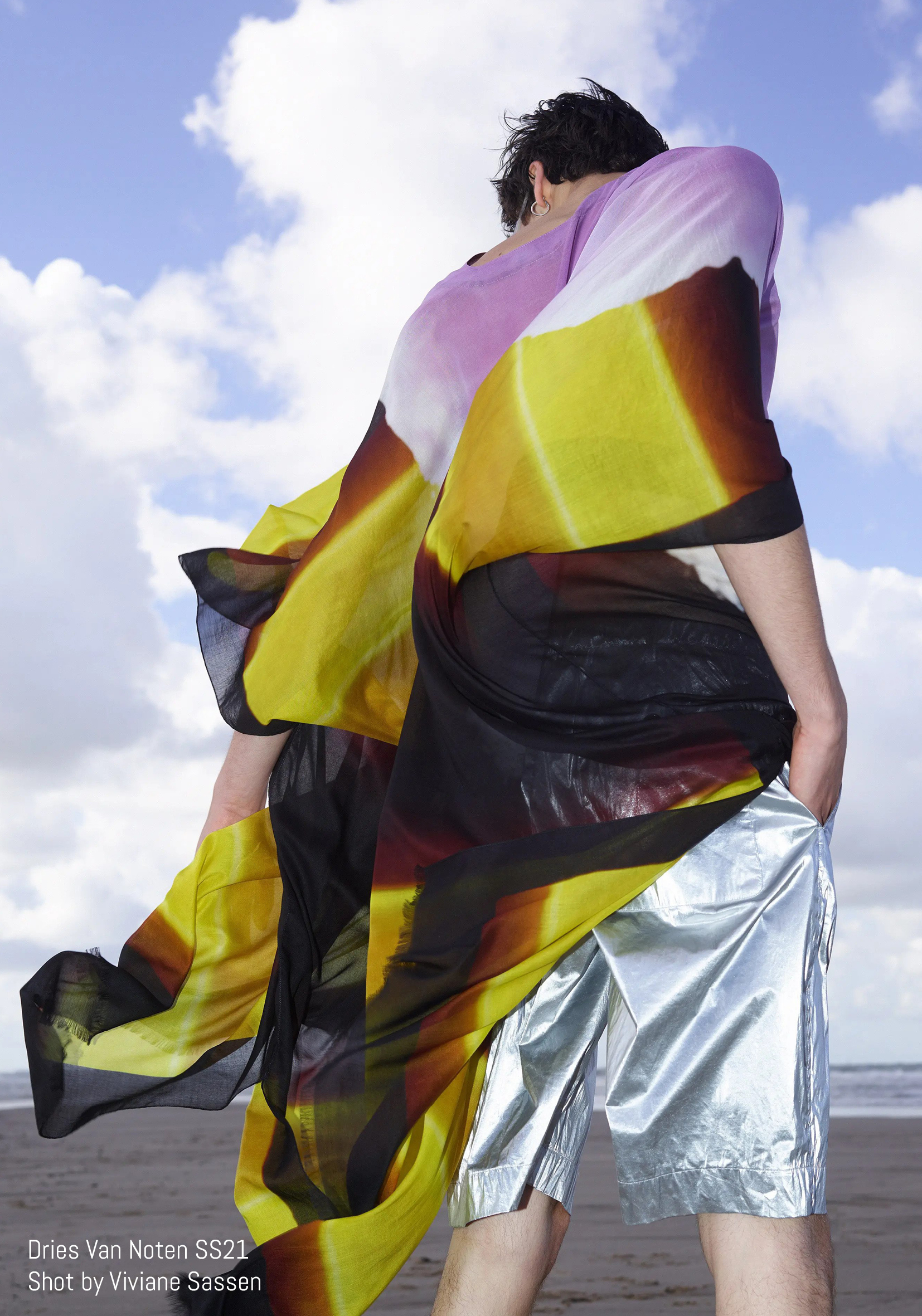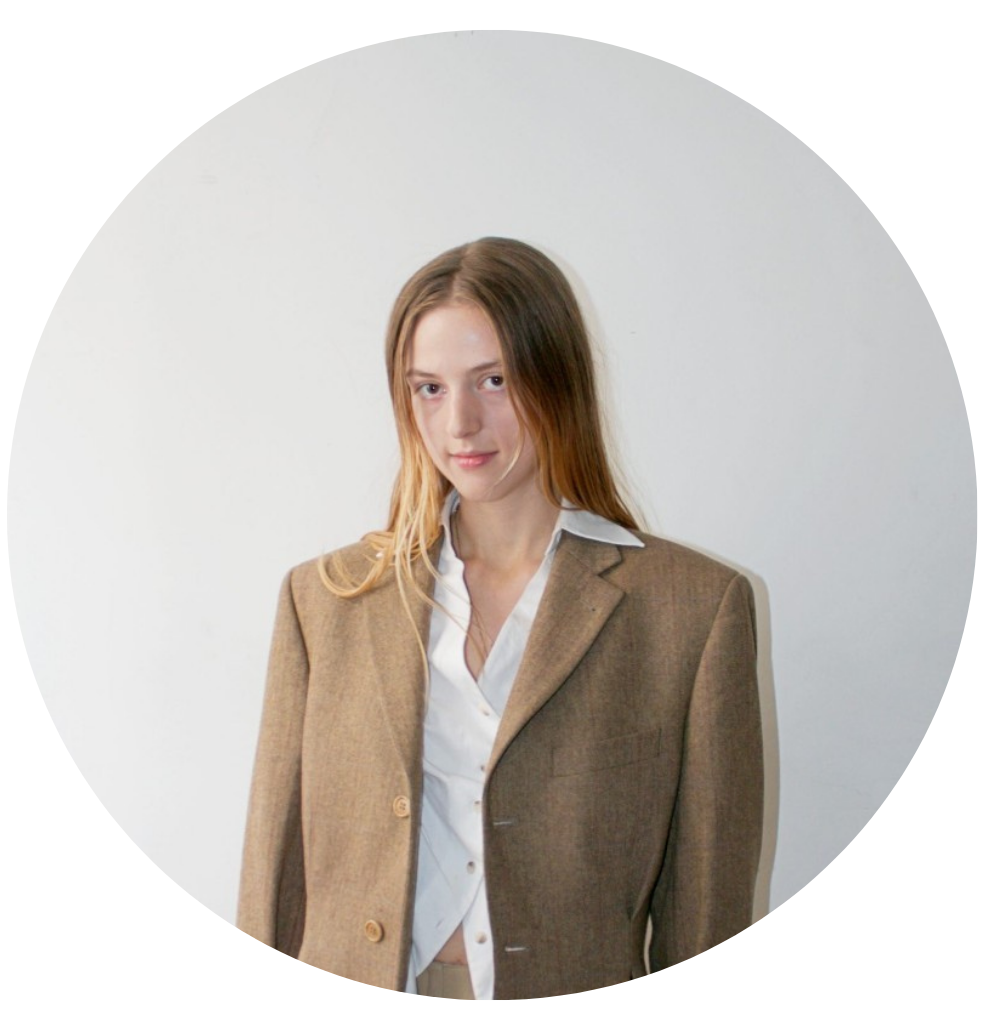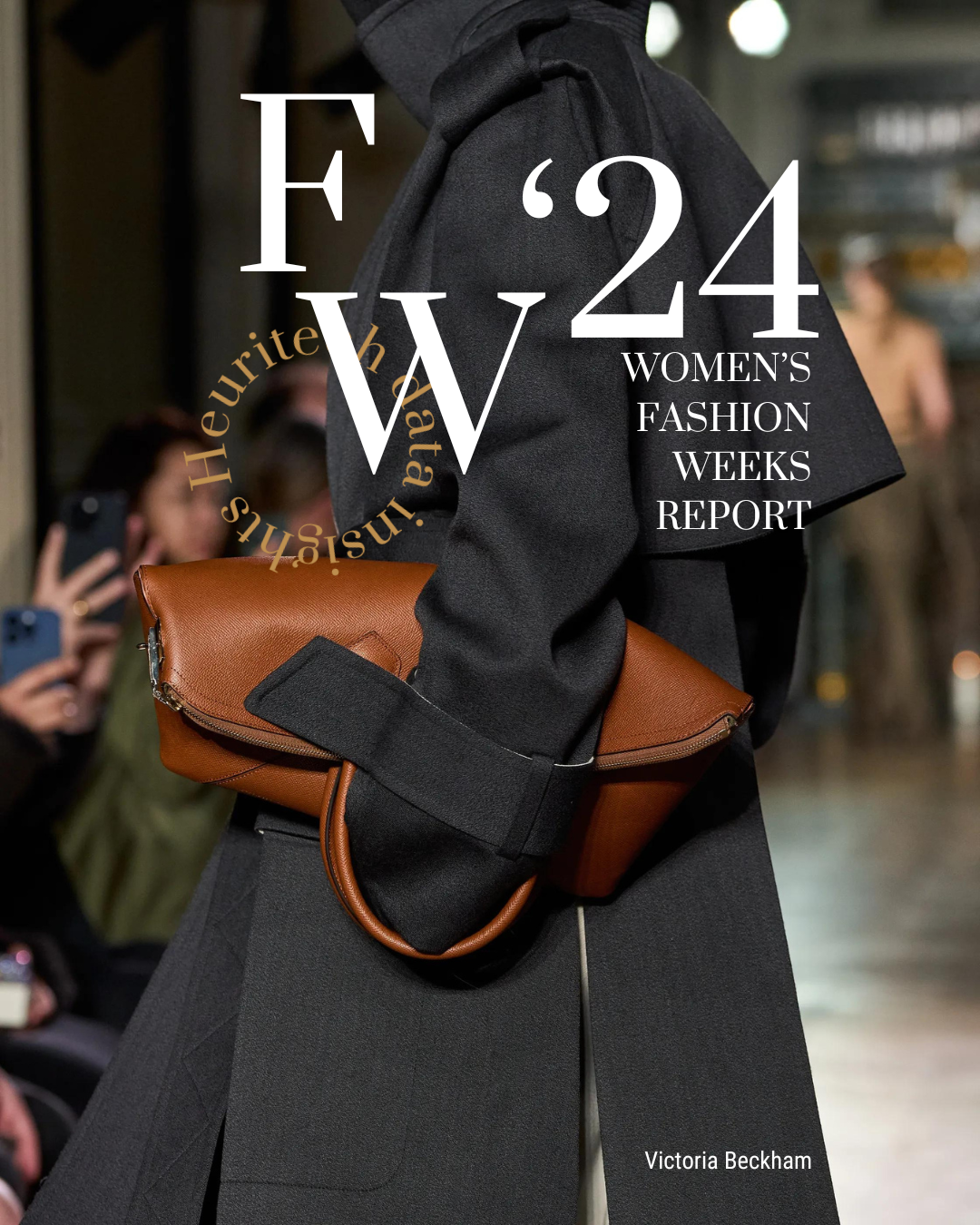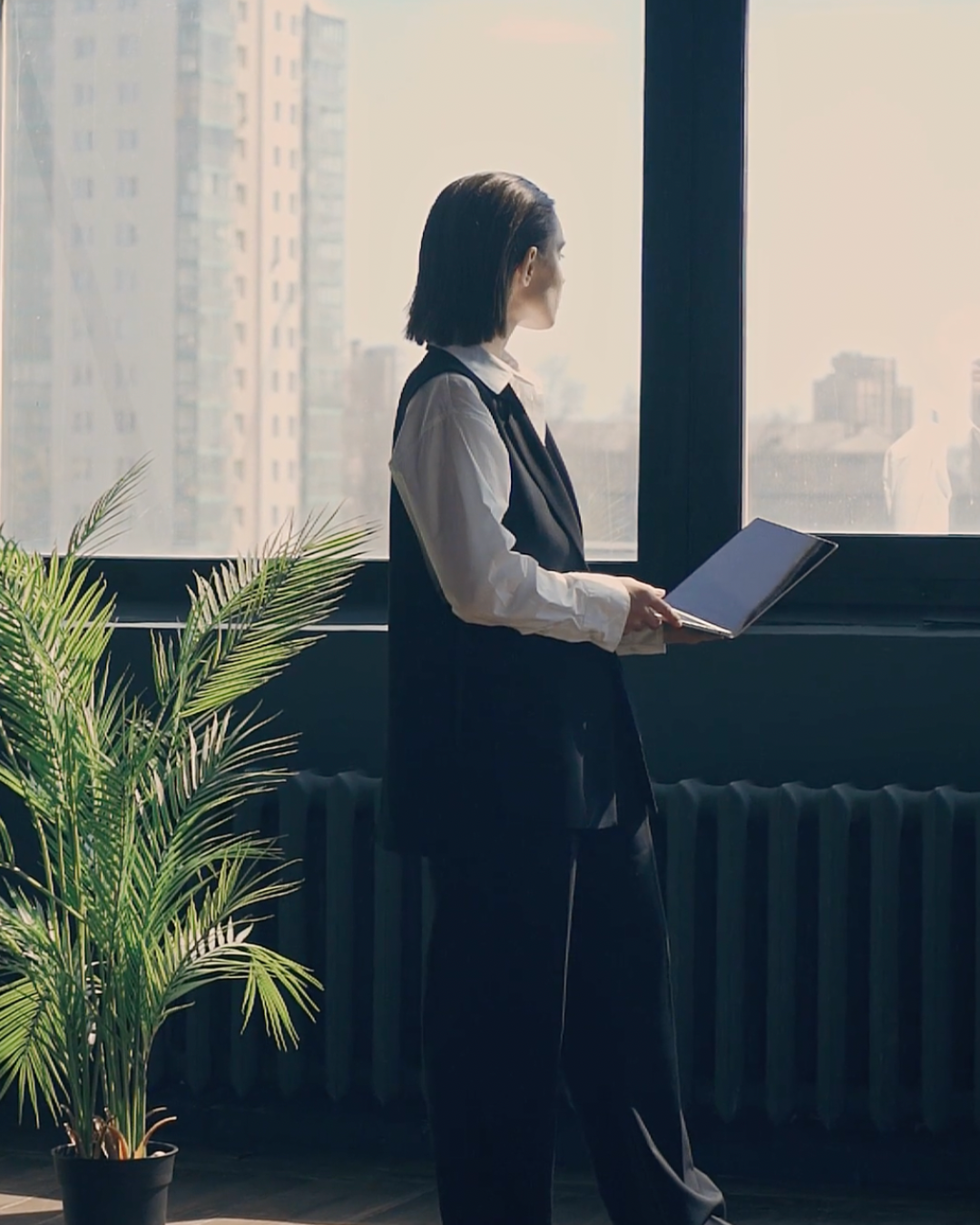This fashion month, designers presented their spring/summer 2021 collections in the major fashion cities of New York, London, Milan, and Paris, with many brands staging traditional runway show with live audience members. The abundance of physical runway shows along with the overall absence of face masks in designers’ collections demonstrates that the fashion world is looking forward to a post-pandemic future, offering a sense of hope and optimism to viewers as a welcome distraction from the current crises we are facing.
However, even if designers generally avoided making the pandemic a central theme in their collections, it is clear that coronavirus has impacted ostensibly every aspect of the fashion ecosystem. The economic effects of the pandemic have accelerated certain changes within the industry that have already been happening for a while now, such as reducing the number of collections presented per year, using recycled or up-cycled textiles, and combining men’s and womenswear into one collection to reduce the environmental impact of fashion.
For New York Fashion Week, the calendar was significantly reduced to only 3 days, with nearly all of the biggest names in American fashion deciding not to present their collections during the official schedule, with Michael Kors, Tory Burch, and Marc Jacobs being amongst the large brands who were absent. This marks a major shift in the industry, as this is the first time that such major brands have opted out of fashion week in favour of presenting their collections on their own calendar, allowing smaller brands to be in the spotlight.
In London, fashion week was a completely digital experience, with designers creating videos, lookbooks, or even staging traditional runway shows without an audience as seen by Burberry and Erdem. Although fashion week in Milan and Paris seemed more “normal” compared to London and New York, with guests attending physical runway shows, the effects of the pandemic were still palpable. Loungewear, relaxed silhouettes, and a “crafty” aesthetic were some of the major trends analysed for the spring/summer 2021 season that are undoubtedly related to the current crises we are facing.
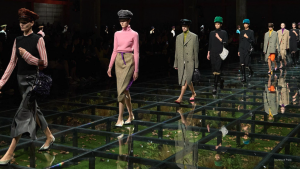
Comfort Dressing for Spring/Summer 2021
Beyond any logistical changes in how brands produce and present their collections, the pandemic has clearly impacted style as well. Since our lifestyles have been drastically altered, as many people are spending unprecedented amounts of time at home, comfort dressing has become a dominant theme in fashion, with numerous designers’ SS21 collections featuring loungewear and using comfortable fabrics. Sweat suits, knitwear, and relaxed silhouettes are some of the common stylistic features of this new comfort dressing trend, which was highly visible during fashion week. Some designers who incorporated loungewear into their collections include Collina Strada, Simon Miller, and Koché. Even the brands who did not produce loungewear specifically still incorporated elements of comfort dressing into their collections, with pillow sandals, slippers and robe style jackets seen in the collections of Balenciaga, Louis Vuitton, and Kenzo. While the prevalence of loungewear spotted on the runways could easily be seen as a continuation of the streetwear trend, given the other trends that have recently emerged, it seems that this new preference for slouchy silhouettes is indeed related to the state of the world.
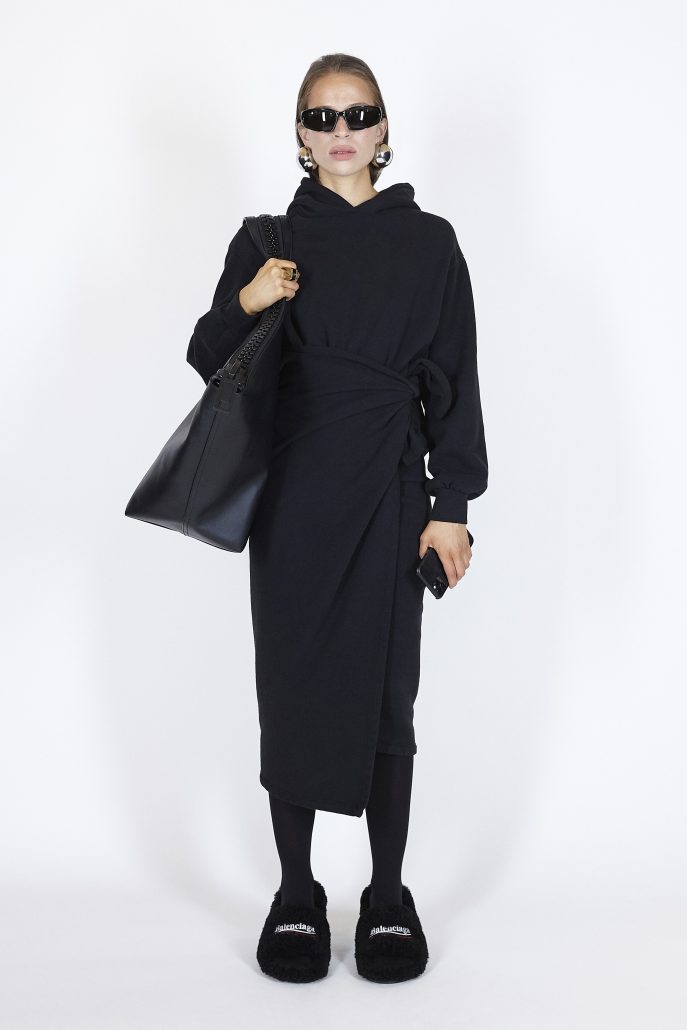
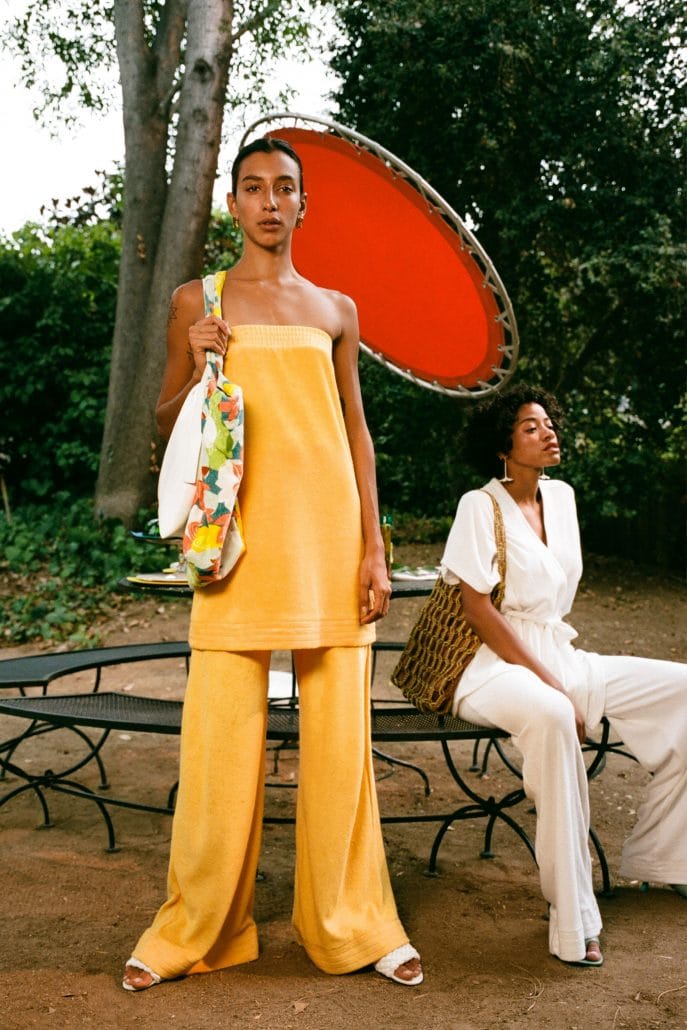
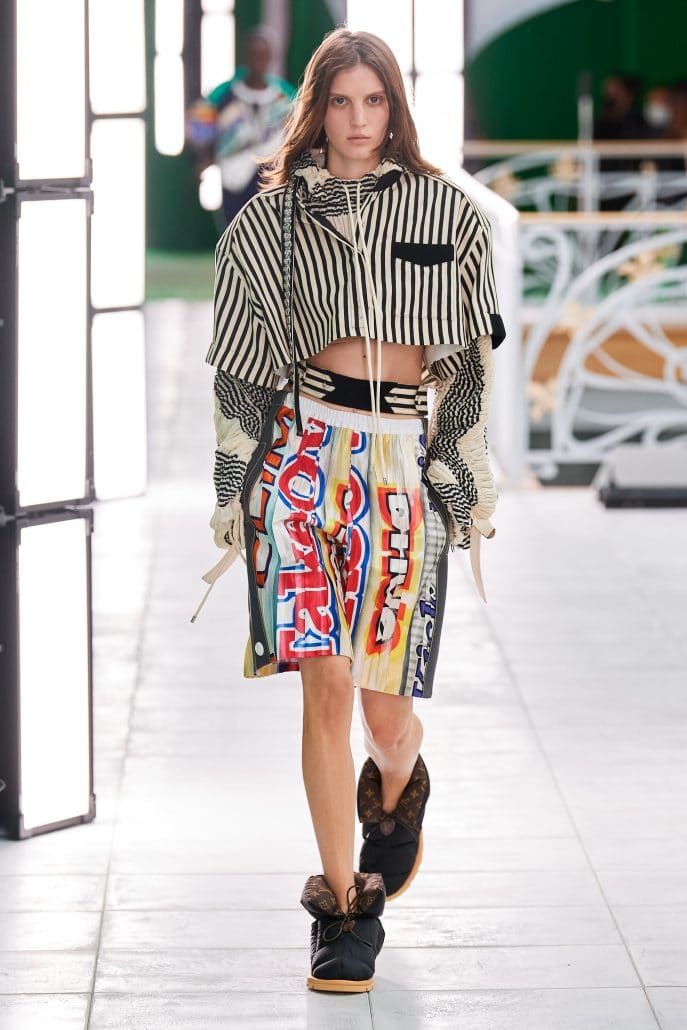
Soft Tailoring at Fashion Month
Since the home has also become the office for many people, the difference between dressing for home and dressing for work has been largely blurred, creating the necessity for tailored clothing that is also comfortable. Across all fashion weeks, designers created updated versions of tailored garments to adapt to the work-from-home lifestyle, opting for oversized silhouettes and lightweight fabrics like linen and organza. Fendi, Peter Do, Ferragamo, and Sportmax are some of the brands who included updated versions of classic tailored garments, with the short suit emerging as a stand out trend for the SS21 season. Another impact the pandemic has had on fashion is that people are seeking looks that can make a fashion statement during zoom meetings, with designers like Balmain and Rick Owens creating bold shoulder looks for exactly this occasion.
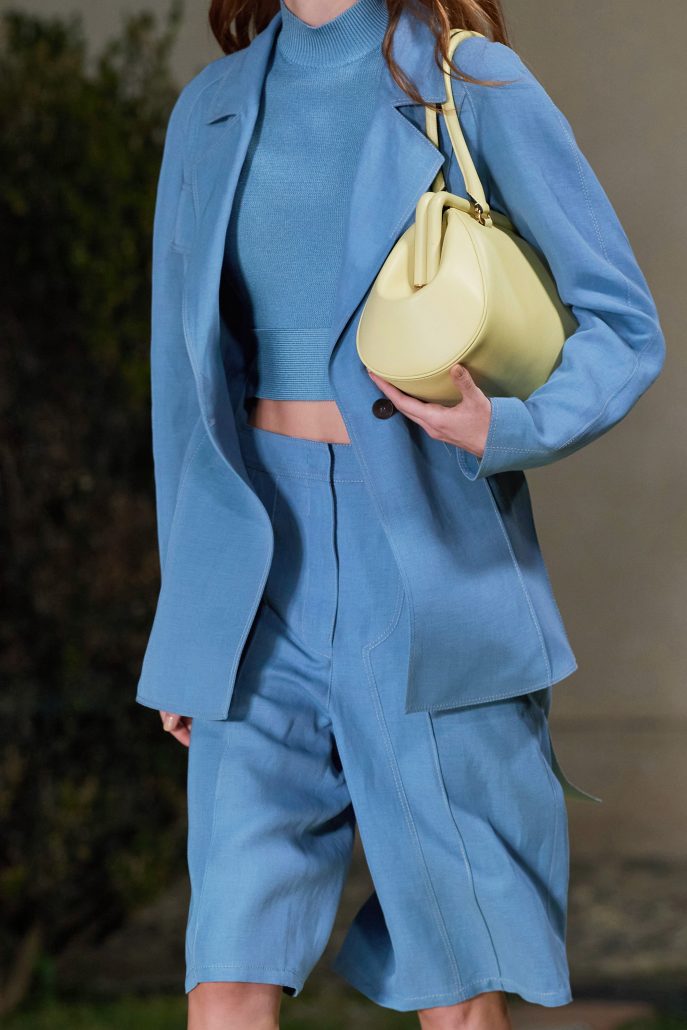
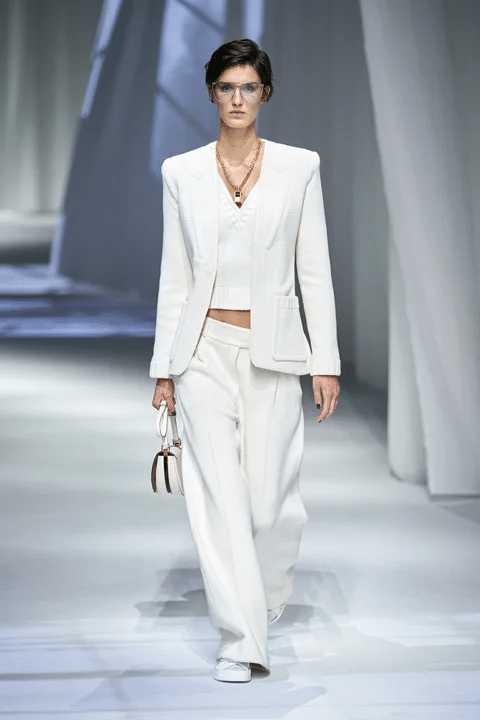
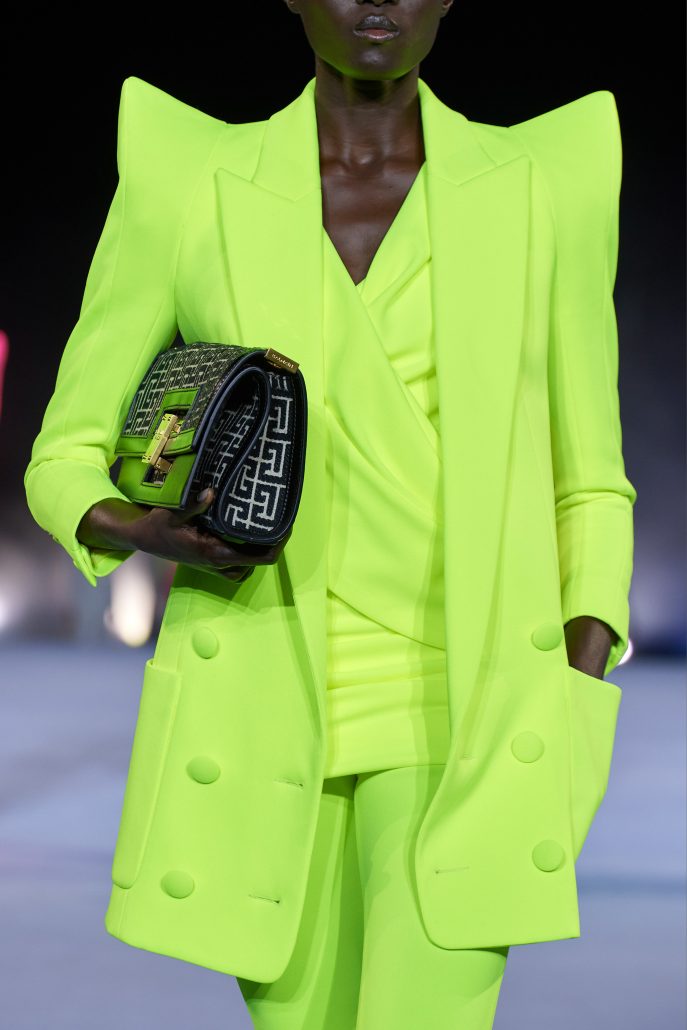
DIY through SS21
The last distinctive trend that emerged during fashion week is a crafty, handmade aesthetic. This trend is closely related to the emergence of the “craftcore” subculture, which describes a renewed appreciation for making things by hand. This phenomenon is related to the pandemic, since people have had the time to develop hobbies like bread-making, painting, or learning how to knit, which is reflected by the abundance of hand-made, “crafty” elements that designers incorporated into their collections. Knit crochet, tie dye, embroidery, and patchwork are some of the stylistic elements associated with this theme, as they bring to mind the craftsmanship that goes into creating the garment. Moreover, since upcycling is becoming increasingly common practice, we are seeing even more patchwork and tie dyeing, as these are common techniques used to rework old garments. Ka Wa Key, Collina Strada, Christopher Kane, Eckhaus Latta, and Ellery are amongst the brands whose collections evoke this hand-made, playful feel.
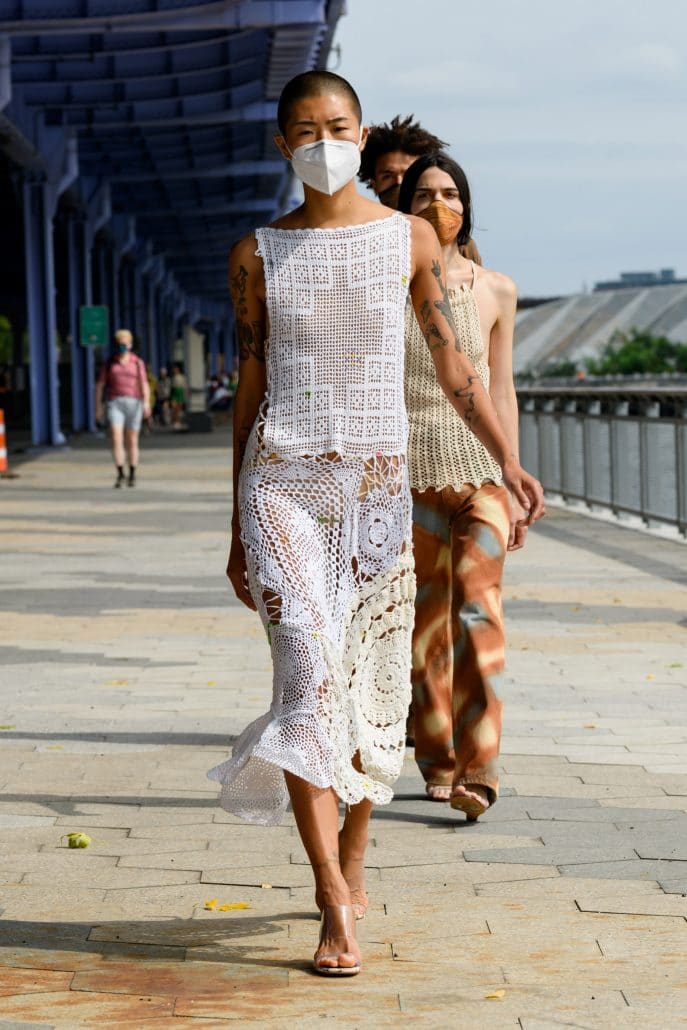
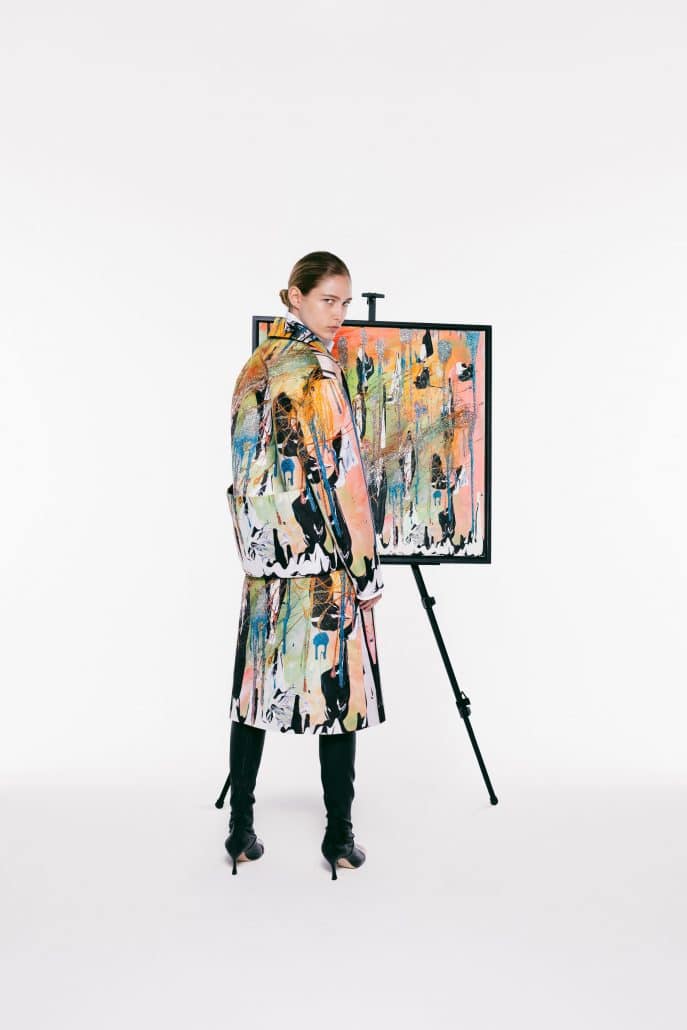
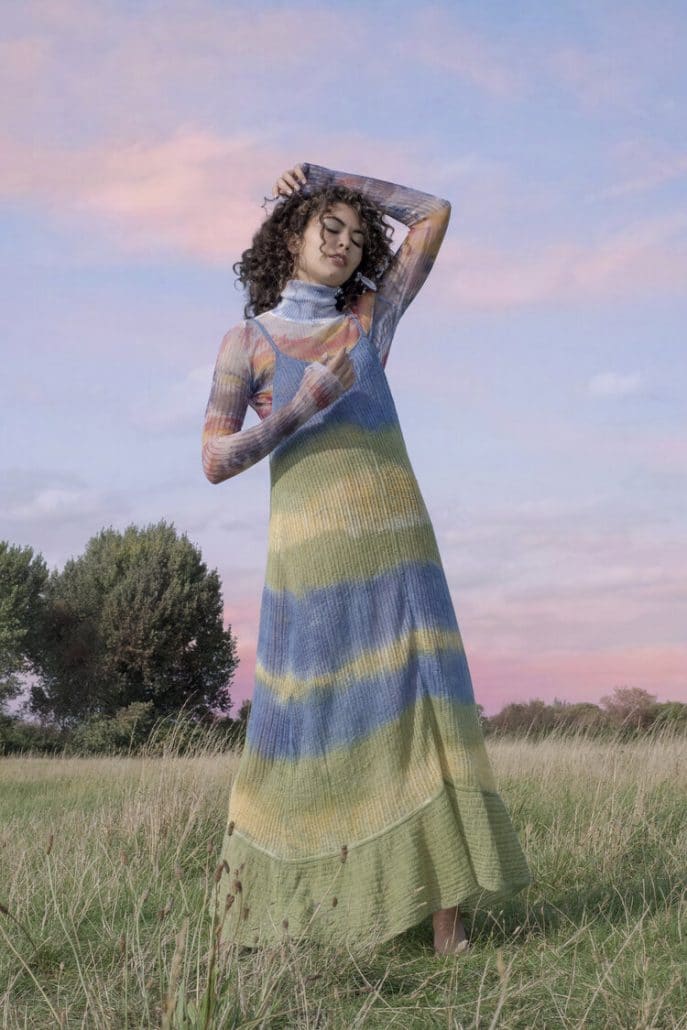
Based on fashion month, it is clear that the pandemic has influenced style as well as the way the industry operates, with many of the biggest American designers absent from the official week schedule. However, it is clear that fashion, like the rest of us, is eager to be in the post-pandemic future, with Paris and Milan fashion week proceeding with physical shows despite the health risks. Overall, the key themes that emerged according to Heuritech’s insights across all fashion weeks are a crafty, “DIY” aesthetic, soft tailoring to adapt to working from home, and loungewear that can easily be worn indoors or outside.
